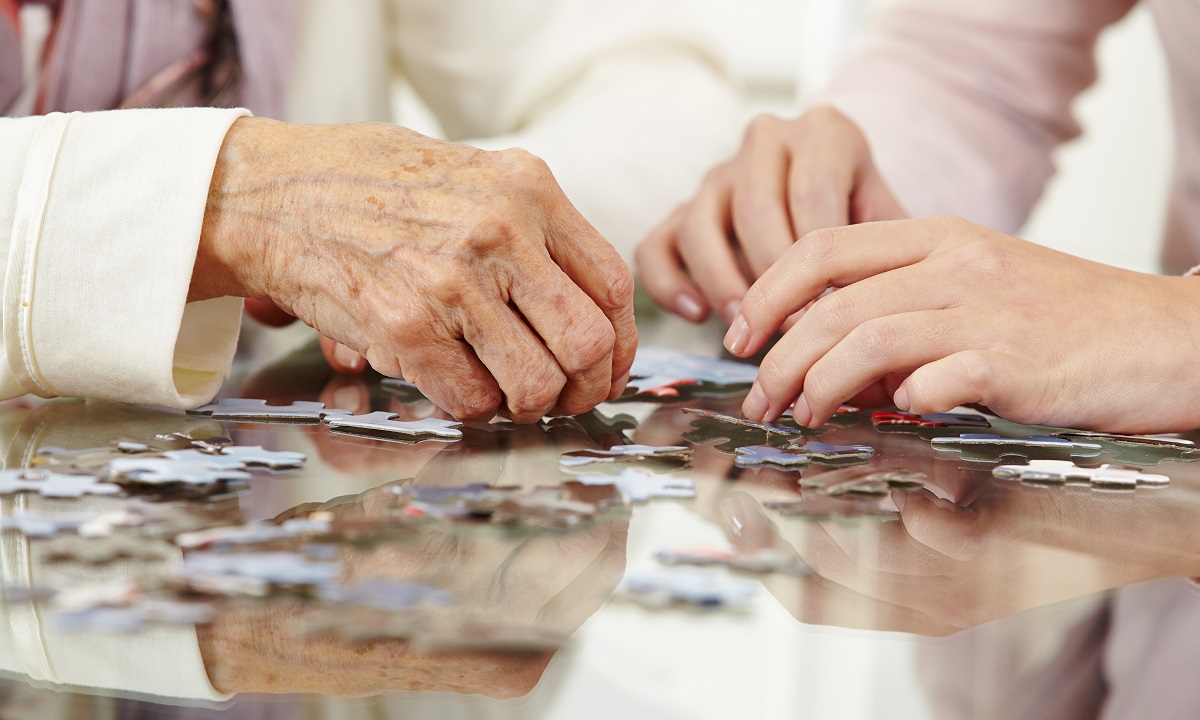Great ways to increase safety in the loo
Find out how to make going to the toilet as stress-free and dignified as possible
Don’t Panic
Using the toilet is a private matter. Imagine how difficult it might be to find you need help with something so personal. But if the person you’re caring for is having trouble with toilets, there are many ways to make the whole process easier for them – and for you – whilst retaining their dignity.
Your 6 point toilet check list
1. Do you need a raised and coloured toilet seats?
2. Would a grab rail help?
3. Can they easily reach the toilet paper?
4. Are they able to operate the flush?
5. Do you have enough wiping and bidet facilities?
6. Is the room itself easy to find and navigate?
1. Do you need a raised and coloured toilet seat?
If they’re struggling to sit down or get up from a chair, they may have a similar problem with the toilet.
– Installing a raised toilet seat could make life a lot easier. You can choose different heights, which can raise it between 5 and 15cm.
– Pick a toilet seat that’s a contrasting colour to the cistern, bowl and bathroom floor as someone with dementia will find this much easier to see. (Dementia can cause visual disturbances which affect eye sight).
2. Would a grab rail help?
Pulling yourself up to standing can be tricky as you get older, and it can also be a danger point for falls.
– Installing a grab rail next to the toilet could ease this particular worry considerably. Grab rails can be a handle fixed to the wall or floor, or pulled down from the wall and then pushed out of the way after use.
TIP – Pick a grab rail that will contrast with the colour of the wall or bathroom so it’s easy to spot.
– If there’s a heated towel rail next to the toilet, make sure the heat is very low or completely turned off as it could be tempting to grab it while trying to pull yourself up. The same goes for radiators.
3. Can they easily reach the toilet paper?
This might sound very obvious, but if the person you care for has to twist round or reach out to grab it, they could easily slip and fall.
– Set up a toilet roll holder that’s in easy view and preferably attached to a wall. Freestanding holders can be knocked over or pose a tripping hazard.
– Pick out a toilet paper that’s a different colour to the wall so it’s easier to see.
4. Are they able to operate the flush?
Fancy automatic flush facilities or small buttons giving the option to do a half or full flush may be all the rage, but they can be very confusing for someone with dementia.
– Traditional flush handles are probably what they’re used to, and may be easiest for them to use.
– If they’re having trouble gripping handles, you can fix the flush with a wider handle which will be easier to push down.
5. Have you got enough wiping and bidet facilities?
Embarrassing though it may be, the less mobile you are, the more difficult it becomes to wipe after using the loo. But this doesn’t have to be as distressing as it sounds.
– You can get special bottom wipers, (there are a surprising amount to choose from!) which are basically an extendable handle that you fix the toilet paper to and make it much easier to reach round.
– At the other end of the price spectrum are integrated toilet-bidets, which have a washing and drying system included within them.
6. Is the room easy to find?
Ideally, the toilet will be next to the bedroom and in easy view. However, this isn’t always possible, so signposting can really help.
– Set up signs that clearly mark where the toilet is and provide direction if it’s not easy to find.
– If it’s still too difficult for them to always reach the toilet – especially if they have mobility problems – you may want to consider getting a commode. This is a specialised seat with toileting facilities and could make life a whole lot easier.
SHARE
Explore more




